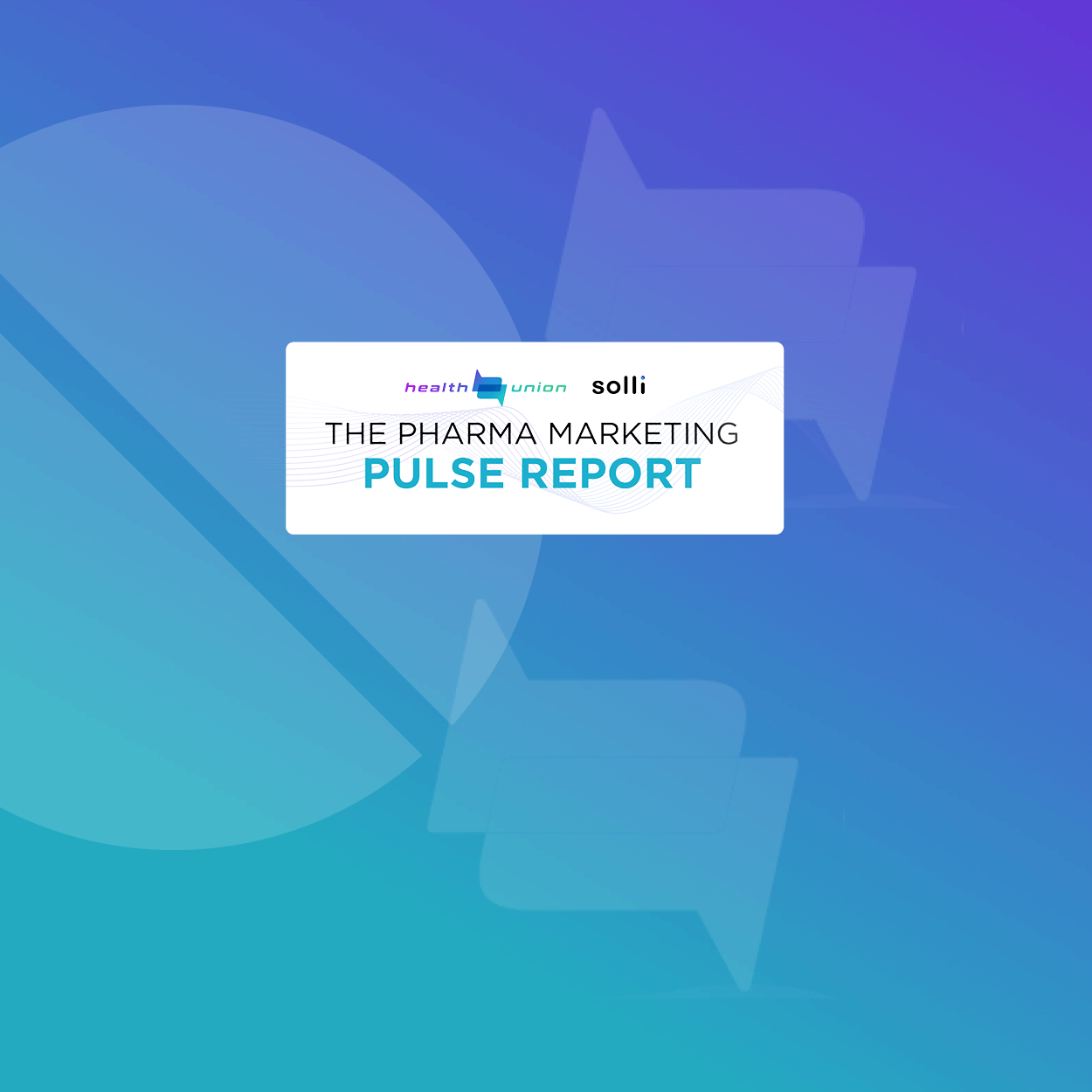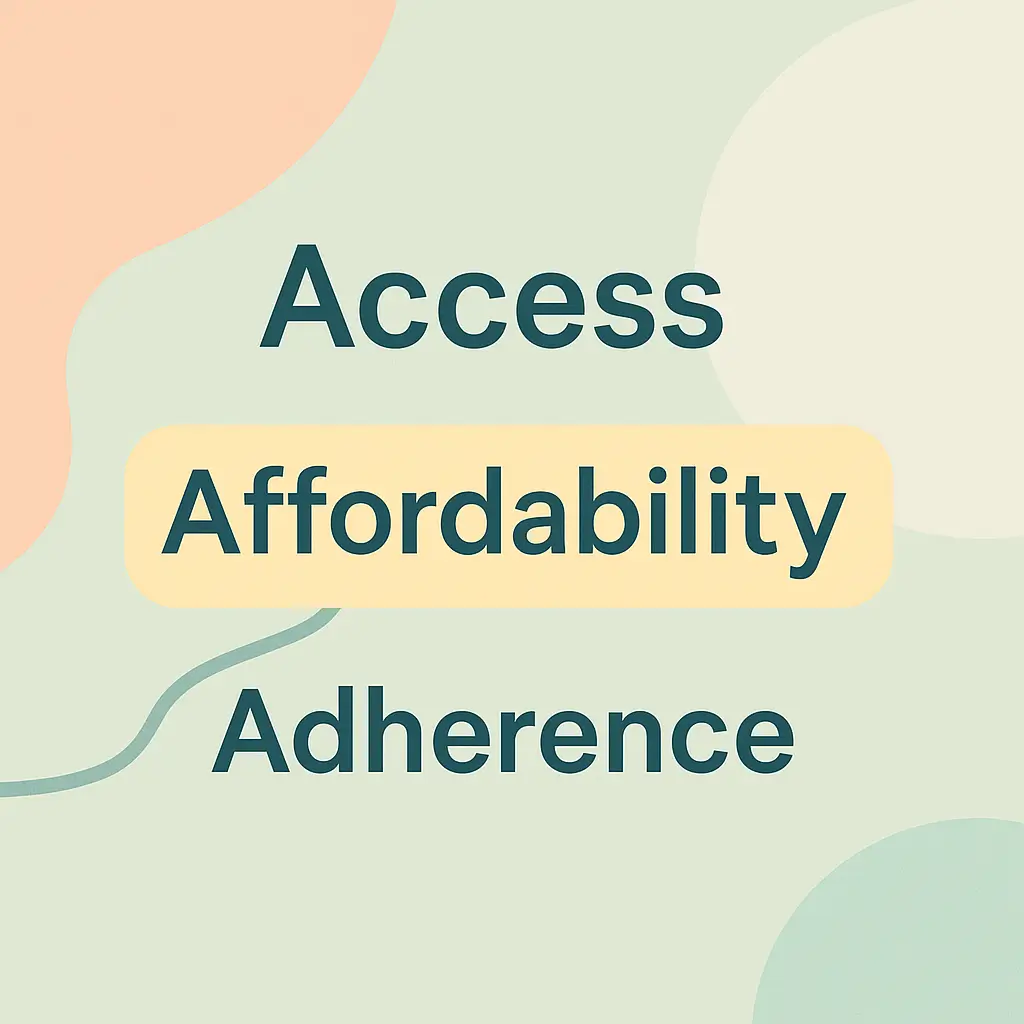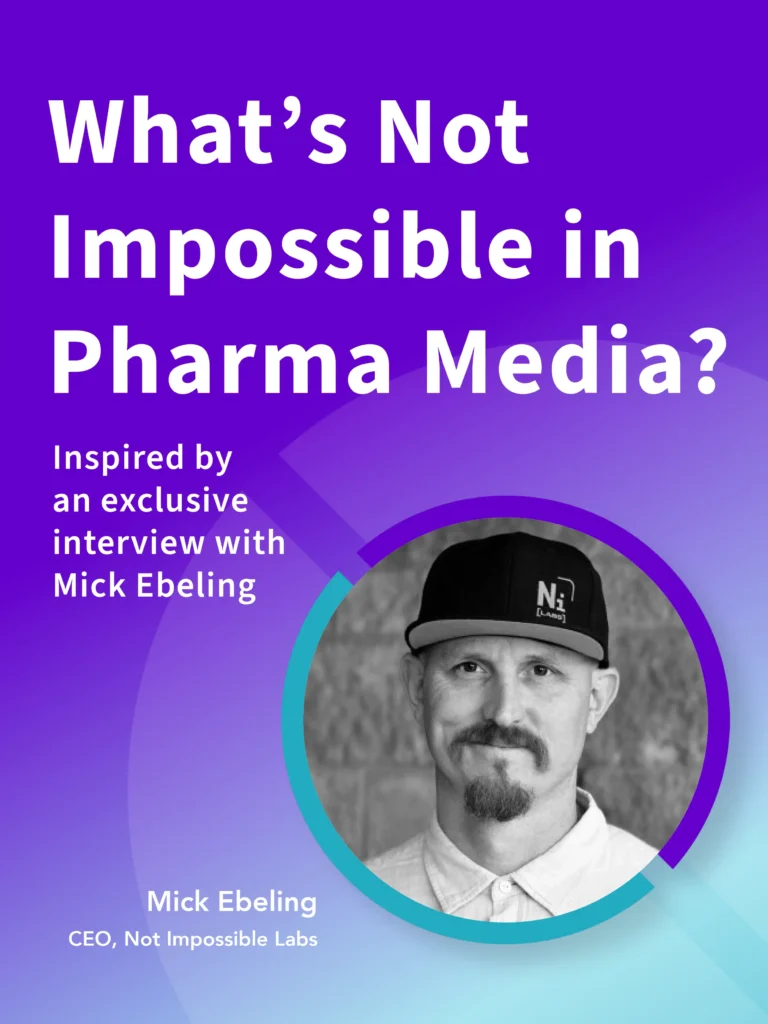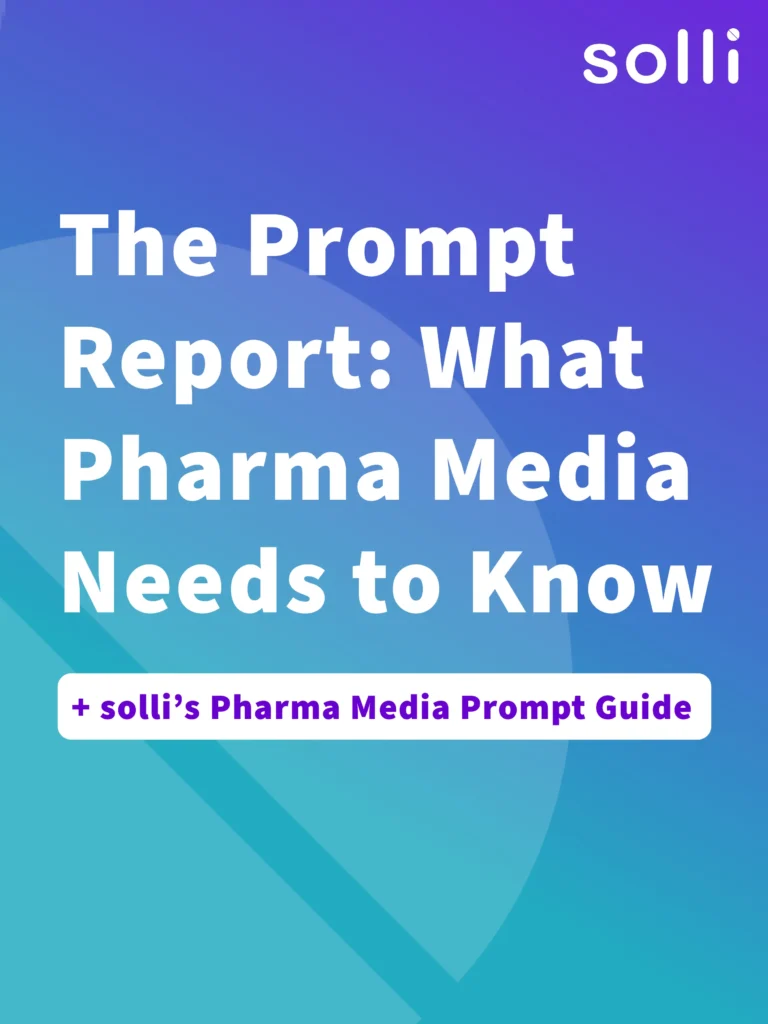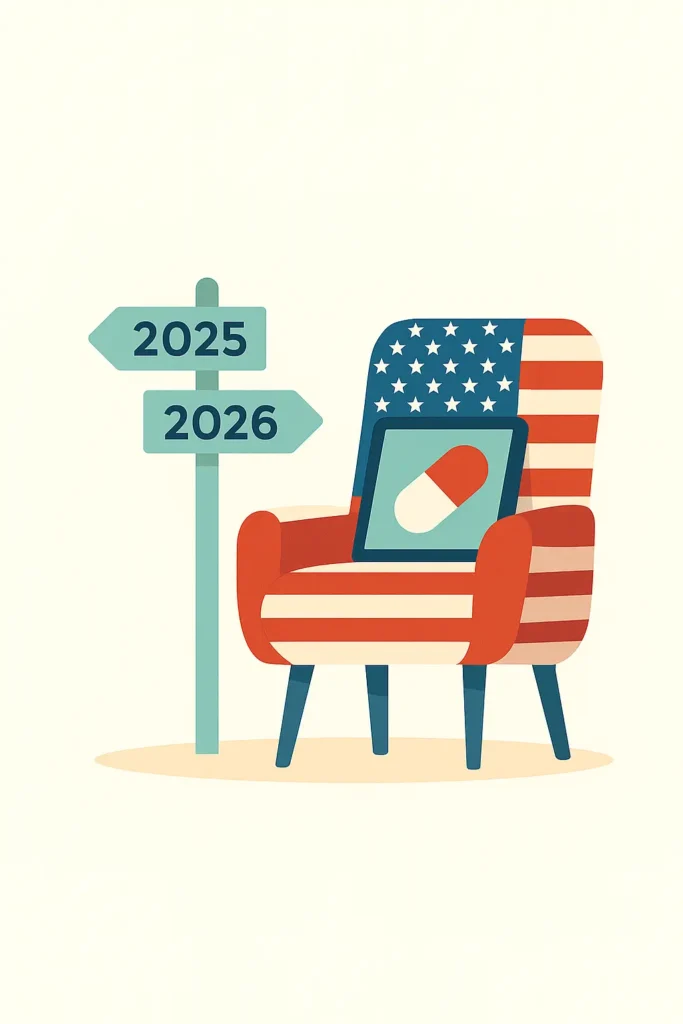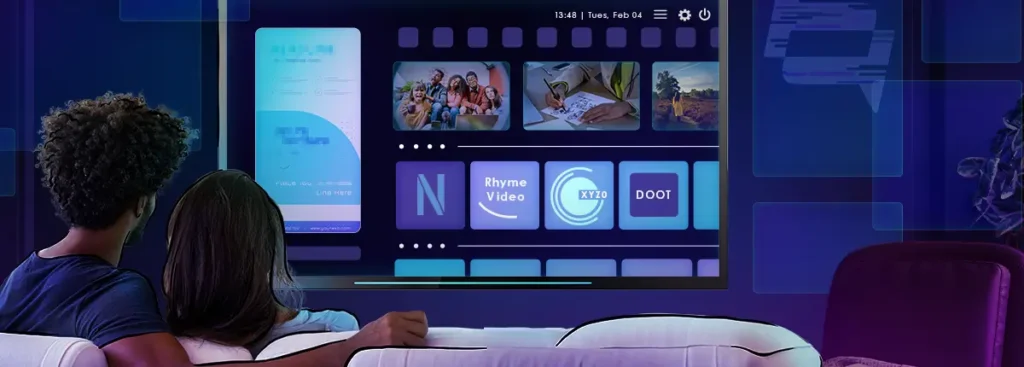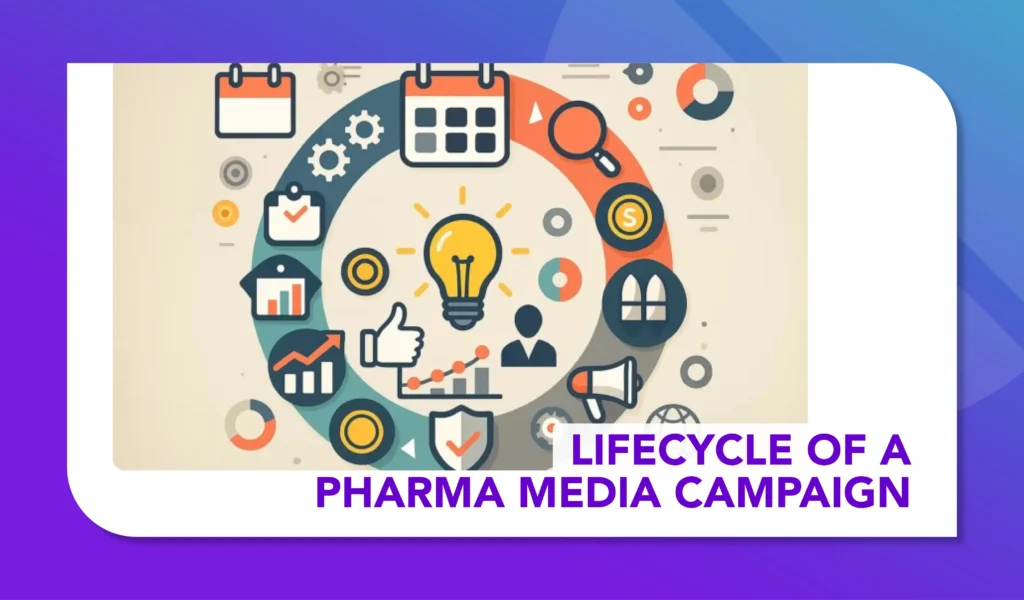TV Ads Now Rival Doctors in Driving Awareness of New Medications
Cadent and Harris Poll study reveals cross-screen strategies are reshaping how patients learn, act, and engage with pharma brands
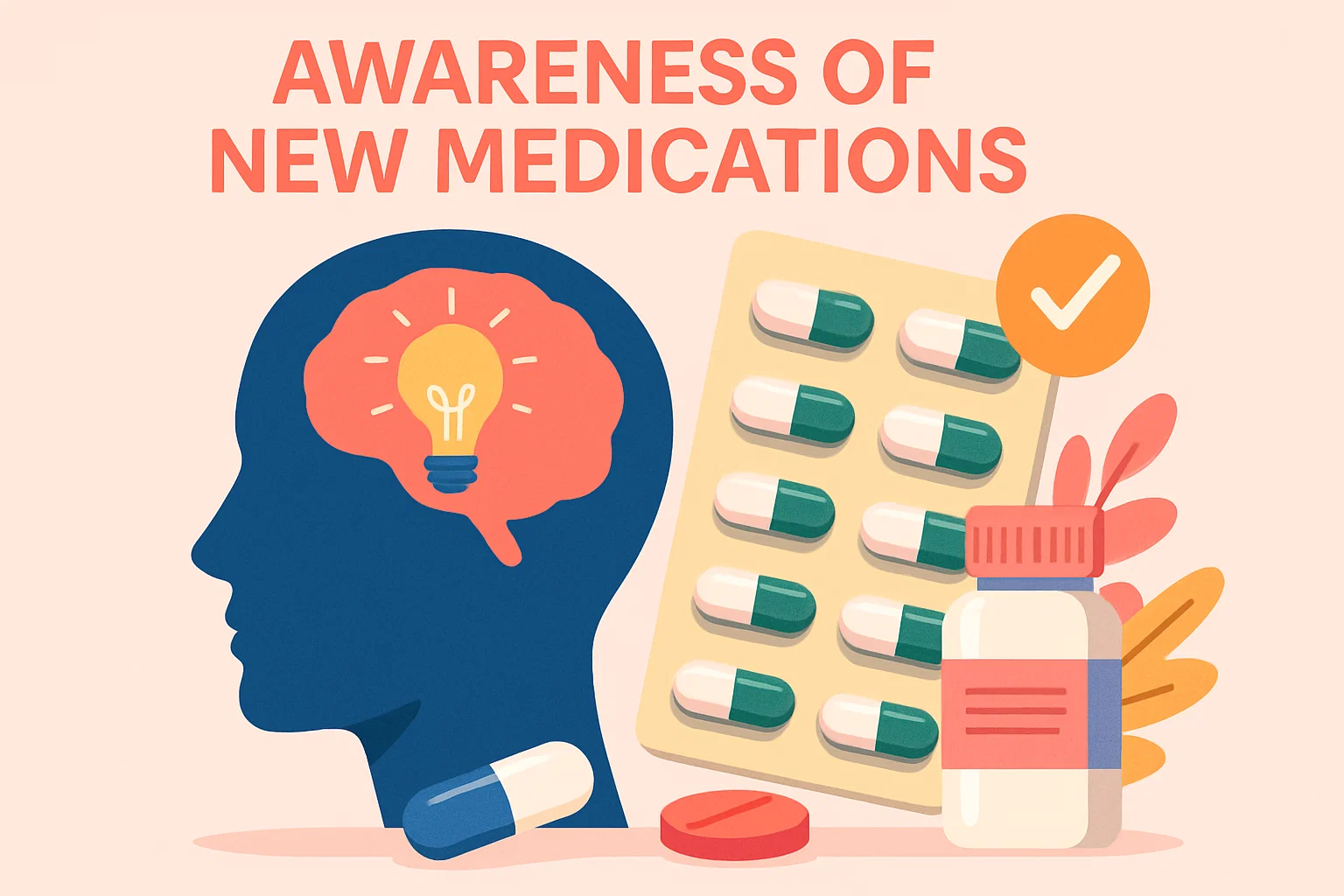
A new study from Cadent, in partnership with The Harris Poll, shows that TV and connected TV (CTV) ads are nearly as influential as doctors in introducing consumers to new medications – a shift with major implications for pharma marketers.
While physicians remain the top source for medication awareness (68%), 62% of surveyed Americans say TV and CTV ads now play a comparable role in shaping their understanding of new treatments. The survey included responses from over 4,000 US consumers, with a focus on multicultural groups including Hispanic, Black, White, and Asian audiences.
“These platforms don’t just introduce new medications – they’re a critical driver of engagement throughout the patient journey,” said Bradley Deutsch, SVP at Cadent Health.
Key Insights by Demographic
CTV is leading for Hispanic Americans :Hispanic Americans are more likely to discover new medications via CTV ads (33%) than traditional linear TV (28%), suggesting a shift in screen preferences for high-impact awareness campaigns.
Mobile drives immediate action: After seeing a medication ad on their phone:
- 73% said they’d ask a doctor about a prescription
- 71% would research an OTC product
- 64% would make an OTC purchase
AI-generated content is culturally sensitive
Black and Hispanic Americans show higher comfort levels with AI-generated pharma ad content – 61% and 57%, respectively – compared to White (38%) and Asian (37%) Americans. This points to an opportunity for culturally aligned...
Sign up for full access – it’s 100% free!
Create your FREE account to continue reading and explore more expert insights on Pharma Media.
✅ Free. Fast. No commitment.




